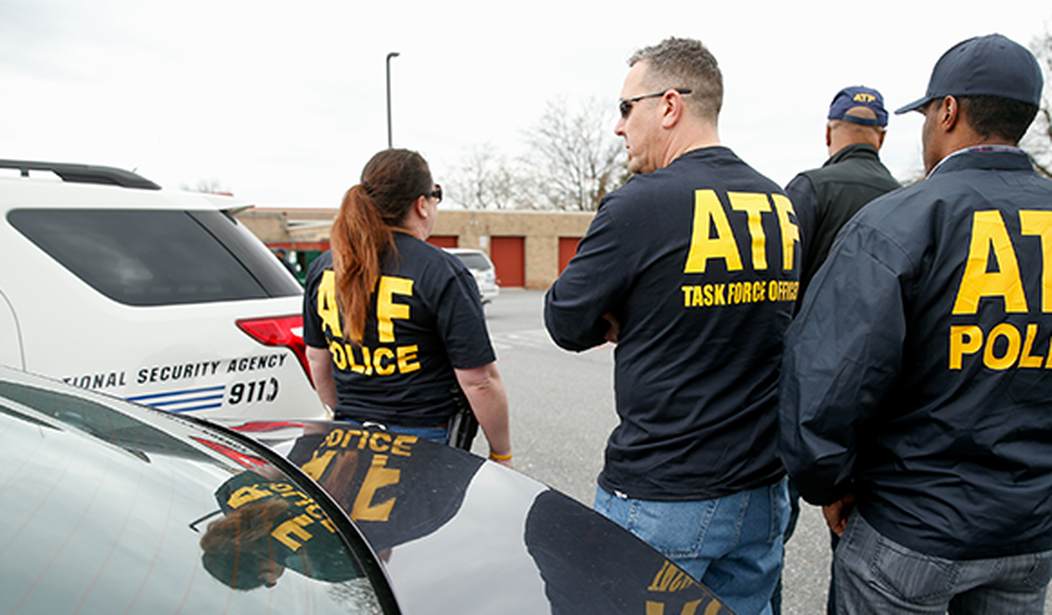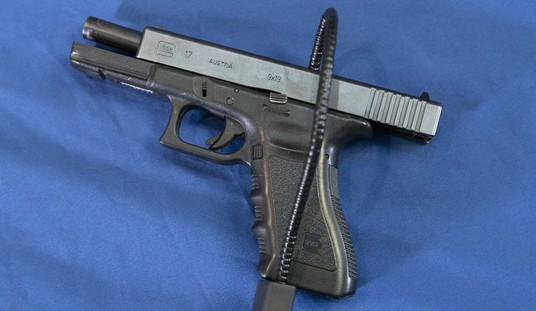The ATF’s new rule on pistol-stabilizing braces is set to take effect in about a week, and despite ATF Director Steve Dettelbach’s testimony to Congress to the contrary, the agency’s latest guidance does not allow for owners of the braces to simply remove them from any pistol to be in compliance. Instead, the ATF maintains that braces must be destroyed or turned over to authorities, or else the brace-equipped firearm must be registered under the National Firearms Act if lawful owners want to avoid the possibility of federal felony charges.
The Fifth Circuit may have just opened the door to giving gun owners a reprieve, however.
ALERT: The Fifth Circuit has issued an injunction pending appeal as to "the Plaintiffs in this case" in our lawsuit challenging the ATF's pistol brace rule. Stay tuned here and on our website as FPC seeks clarification from the Court as to who is covered: https://t.co/fCCmBeqt30 pic.twitter.com/NylpRjiJ35
— Firearms Policy Coalition (@gunpolicy) May 23, 2023
The unpublished order from the Fifth Circuit panel notes that the preliminary injunction requested by the plaintiffs is granted, but only “to the plaintiffs in this case”. For gun owners outside the Fifth Circuit’s jurisdiction of Texas, Louisiana, and Mississippi, this order doesn’t change anything in the short term, and even most gun owners in those three states will likely still be subject to the ban, though the order could potentially apply to all FPC members in those states.
Still, this is an important development in the ongoing litigation, especially since the district court judge who was assigned to hear the case declined to grant injunctive relief, ruling that the plaintiffs were unlikely to prevail with their arguments that the new rule violates both the Second Amendment and the Administrative Procedures Act. As the Firearms Policy Coalition argued in its brief to the Fifth Circuit, despite the previous ruling from Judge Reed O’Connor, the rule change “offers no certainty to law-abiding Americans and instead imposes the intolerable risk that a crime will be in the eye of the prosecuting beholder” by ignoring the definition of a handgun in federal law (a short-stocked firearm “designed to be held and fired by the use of a single hand”) and instead substituting an ambiguous definition of a “rifle” that intruders upon the definition of a handgun.
Appellants are likely to win on the merits because a braced pistol is a protected bearable arm and the Agencies have not met their burden of showing that the right to keep and bear arms historically allowed NFA-like regulations on braced pistols or SBRs, however defined. And the uncertainty of the Final Rule’s requirements (and even the statute as interpreted by the Agencies and the district court) triggers the Rule of Lenity or the void-for-vagueness doctrine. There is no “goldilocks” level of vagueness between constitutionally protected activity and criminal conduct.
It’s unclear what led the Fifth Circuit to reach the opposite conclusion of O’Connor and find that the FPC and the individual plaintiffs in Mock v. Garland are likely to prevail in their dispute over the stabilizing brace rule, though hopefully we’ll soon see a signed opinion that will give us more clarity on the judge’s reasoning as well as the scope of the injunction itself. We still have a long way to go before the constitutionality of the ATF’s latest gun grab is settled, but there’s no doubt that today’s decision by the Fifth Circuit is a very big step in the right direction









Join the conversation as a VIP Member